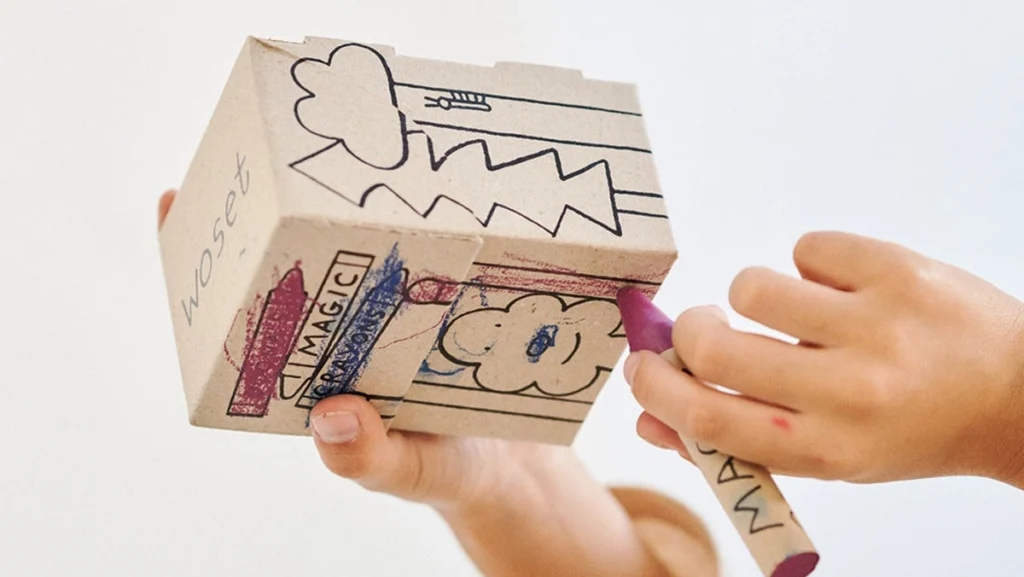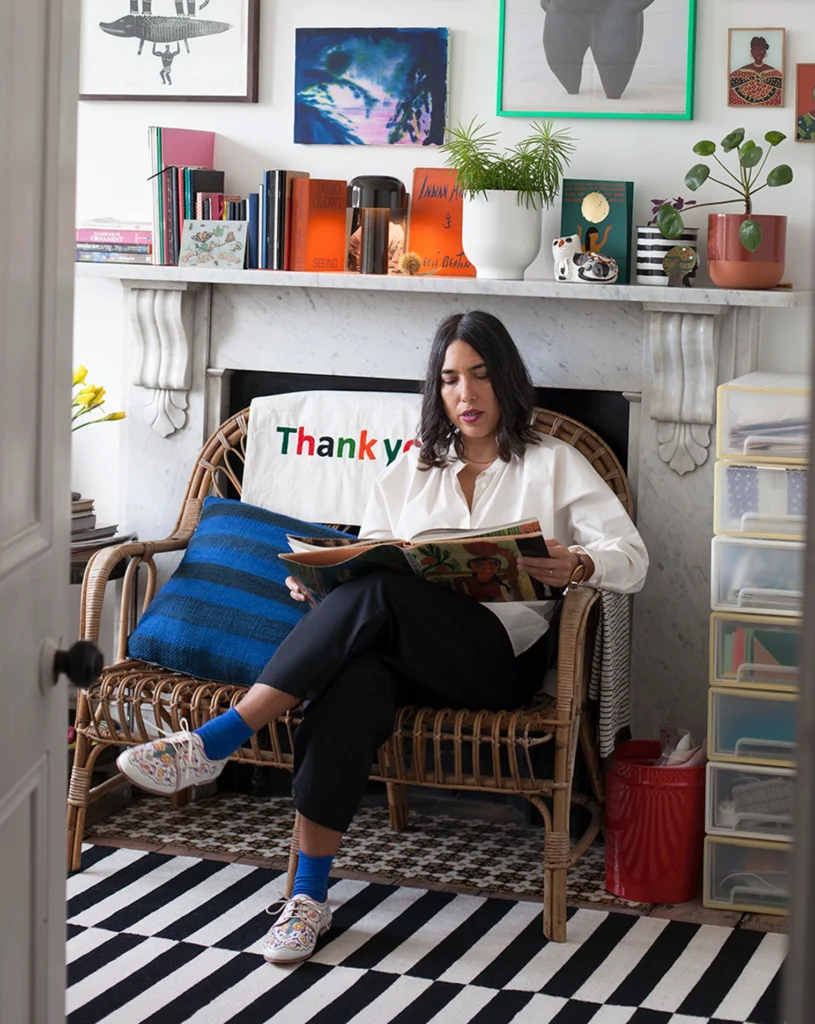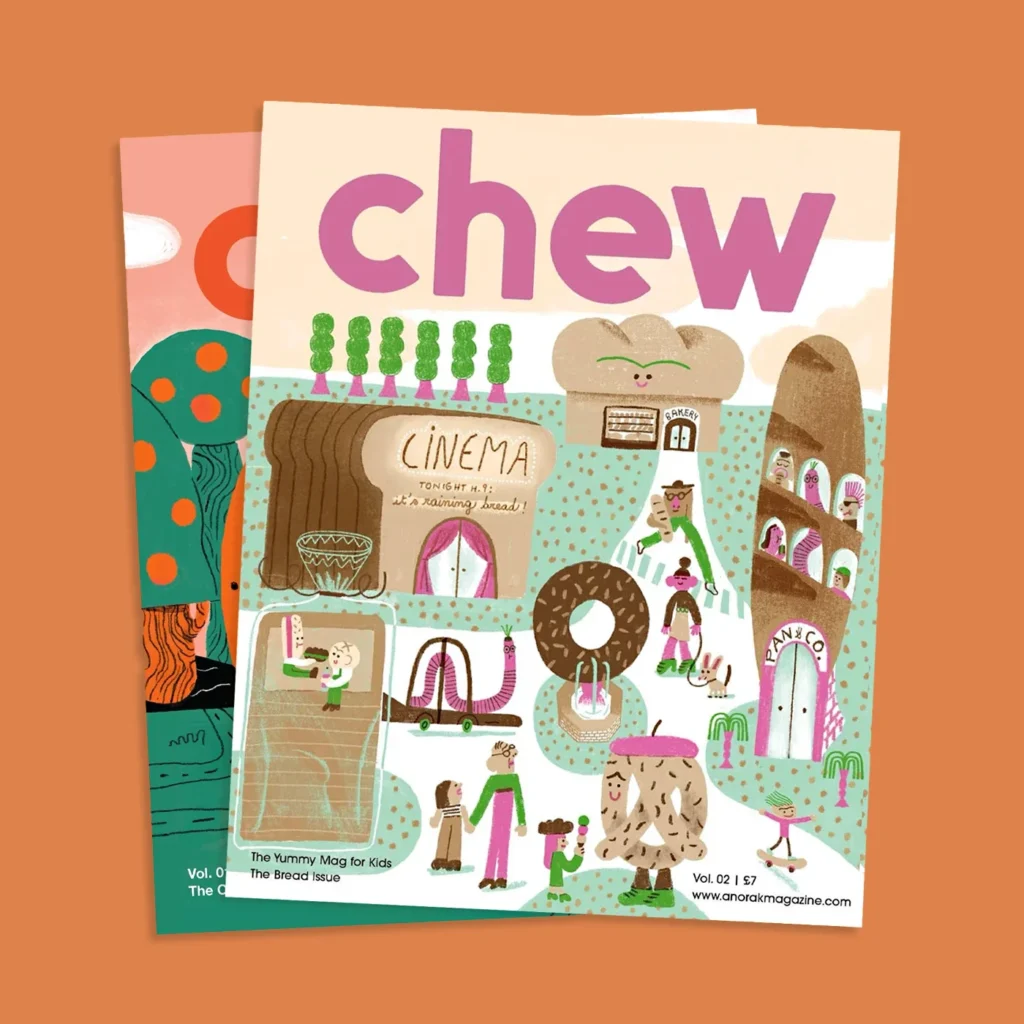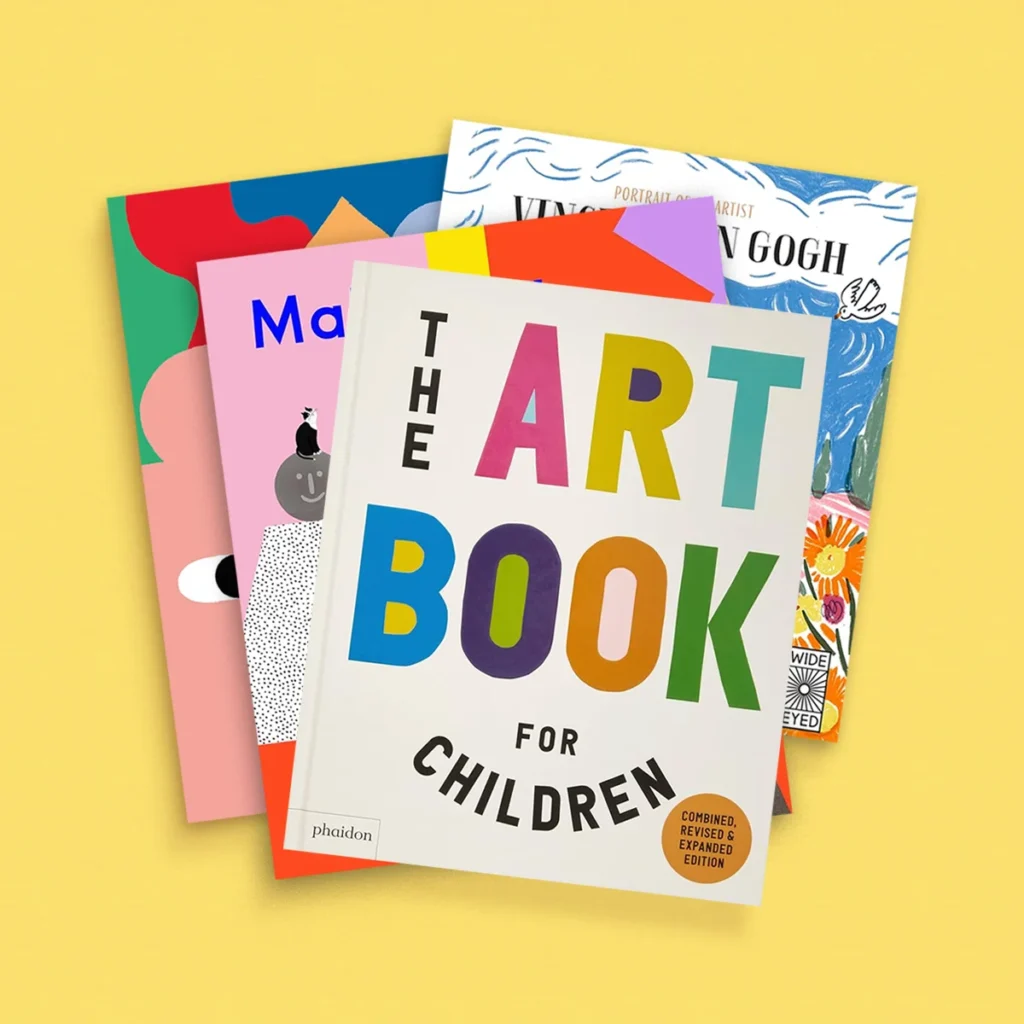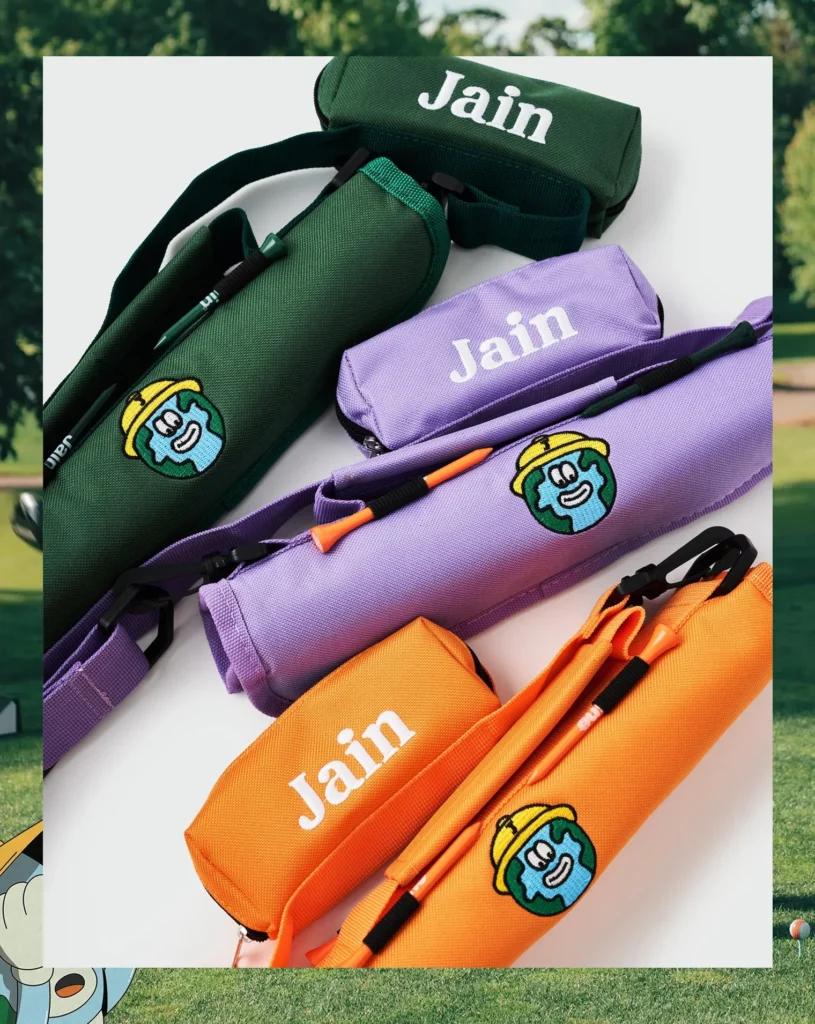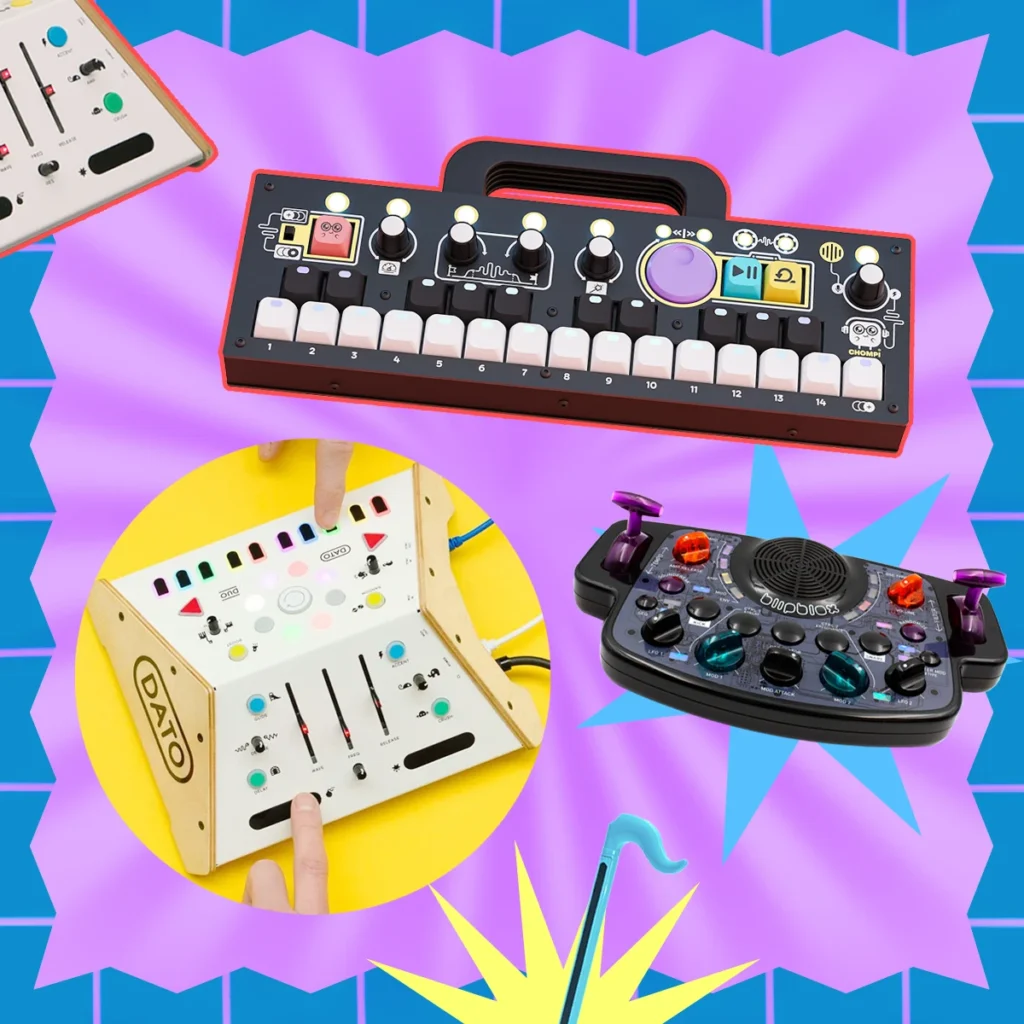In a sun-dappled studio overlooking Alexandra Park in Hastings, illustrator Nina Chakrabarti is dreaming up imaginary 17th-century scenes, designing wrapping paper with her husband, and bringing bees to life on the page. It’s a space filled with colour, curiosity and calm — a reflection, perhaps, of Nina herself. Born in Calcutta in 1970 to an English mother and Indian father, Nina grew up in a bustling household filled with extended family and inspiration at every corner. “The city teemed with life,” she recalls. “Women with bright coloured saris, men with fantastic moustaches, dusty streets clamouring with the din of trams, trains, buses and rickety rickshaws — a visual feast on each corner.”
That early visual richness would stay with her long after her move to the UK as a child in the 1980s, when her parents separated and she, her mother and younger sister Robina relocated. “After the initial shock of moving far from everything and everyone I knew, I eventually settled down and made friends. India was in my heart but I was not to see it again till I was 28 years old.”
It was in London that Nina pursued her love of art, first at Central Saint Martins, then later at the Royal College of Art. A friend’s decision to apply to art school nudged her in the same direction — and the rest, as they say, is history. “I had no idea it could lead to anything resembling a career,” she says. “I just knew I loved it.”
Her breakthrough came with My Wonderful World of Fashion (shown below), a joyful, interactive book published in 2009 that has since been translated into several languages. More books followed — a natural evolution rather than a strategic plan. “The editor at Laurence King approached me to develop an idea. Though I had no experience in book creation, I found the process very enjoyable.”

True to the spirit of our Meet the Makers series (and with Nina’s thoughtful responses painting such a vivid picture) we felt the best way to honour her insights was to let them speak for themselves. What follows is a conversation that invites you into Nina’s world, in her own words.
Your style is distinctive and joyful. Were you always a creative child? What kinds of things inspired you when you were growing up?
I was a quiet, shy child. Bespectacled and obsessed with reading, I always had my head stuck in a book. I grew up without television and the internet had not been invented so there was not much to do apart from reading and drawing. Growing up in Calcutta was inspiring because there was just so much to look at. The city teemed with life – women with bright coloured saris, men with fantastic moustaches, dusty streets clamouring with the din of trams, trains, buses and rickety rickshaws, a conglomeration of a thousand unfolding dramas and a visual feast on each corner. I loved the vivid colours, the hand drawn signs and luridly painted advertising hoardings.
There was a big Russian influence with art and culture in Calcutta as West Bengal was a communist state back then and we had access to Russian books, plays and paintings. One book I remember vividly was The Firebird, illustrated by Ivan Bilibin. I pored over its intricate illustrated borders and richly decorated pages and still love it to this day.
What drew you to illustration as a career? Was there a moment when you realised this was what you wanted to do?
Art was my favourite subject growing up but I had no idea it could lead to anything resembling a career. The honest answer is that I applied to art college because a friend had got into one and it looked like a lot of fun. I loved my time there and both art colleges were instrumental in me deciding that I wanted to pursue a creative life but I still had no notion of how it (art/illustration) worked in the real world. It took me a long time until I was able to have the confidence to take on a studio space and call myself an illustrator.
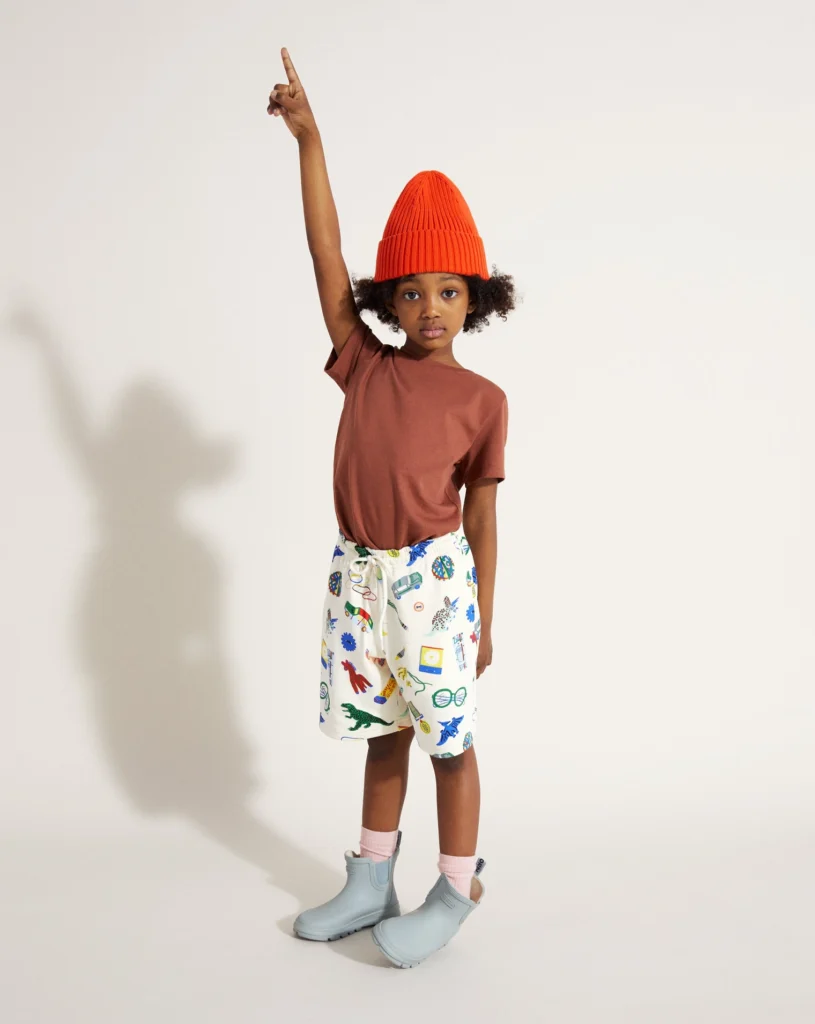
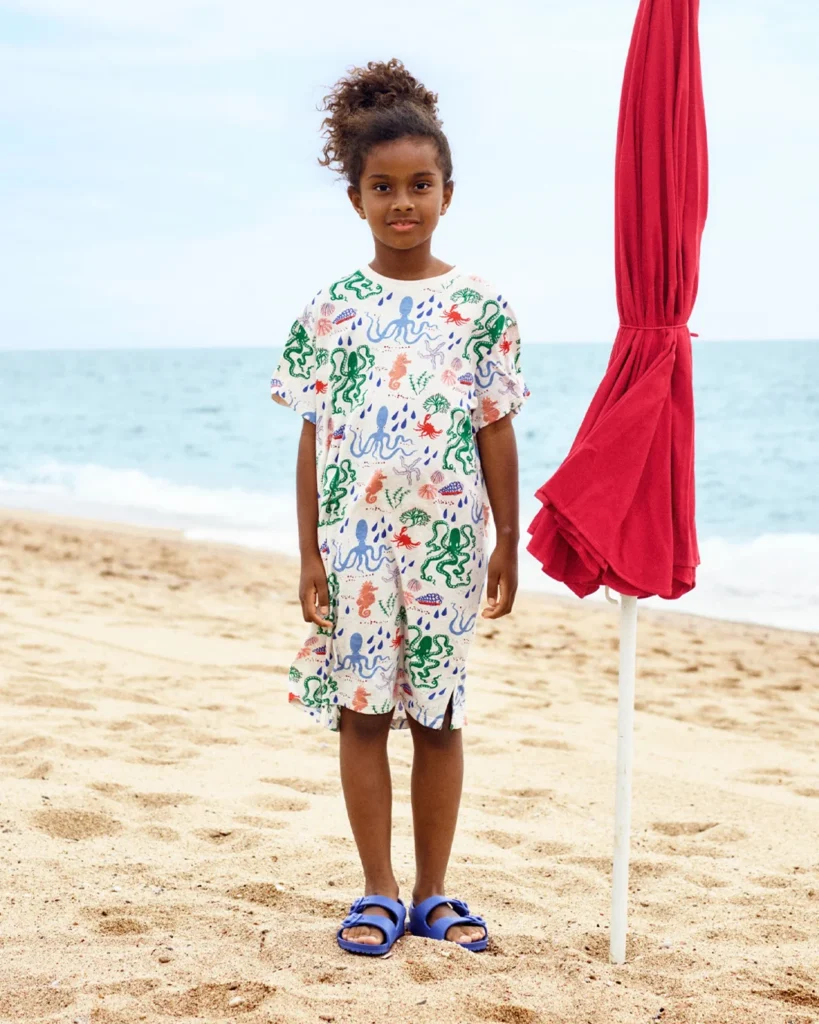
“In other genres, you might focus on complexity or creating an atmosphere, but in children’s illustration, you need to get the idea across in the simplest of ways.”

What do you love most about illustrating for children? Do you approach it differently compared to other kinds of illustration?
Children are open-minded and have an incredible ability to see the world through fresh eyes. I try to tap into the inner child part of me, renew that enthusiasm that can get rubbed off as we get older. What did Pablo Picasso say? ‘Every child is an artist. The problem is how to remain an artist once we grow up.’
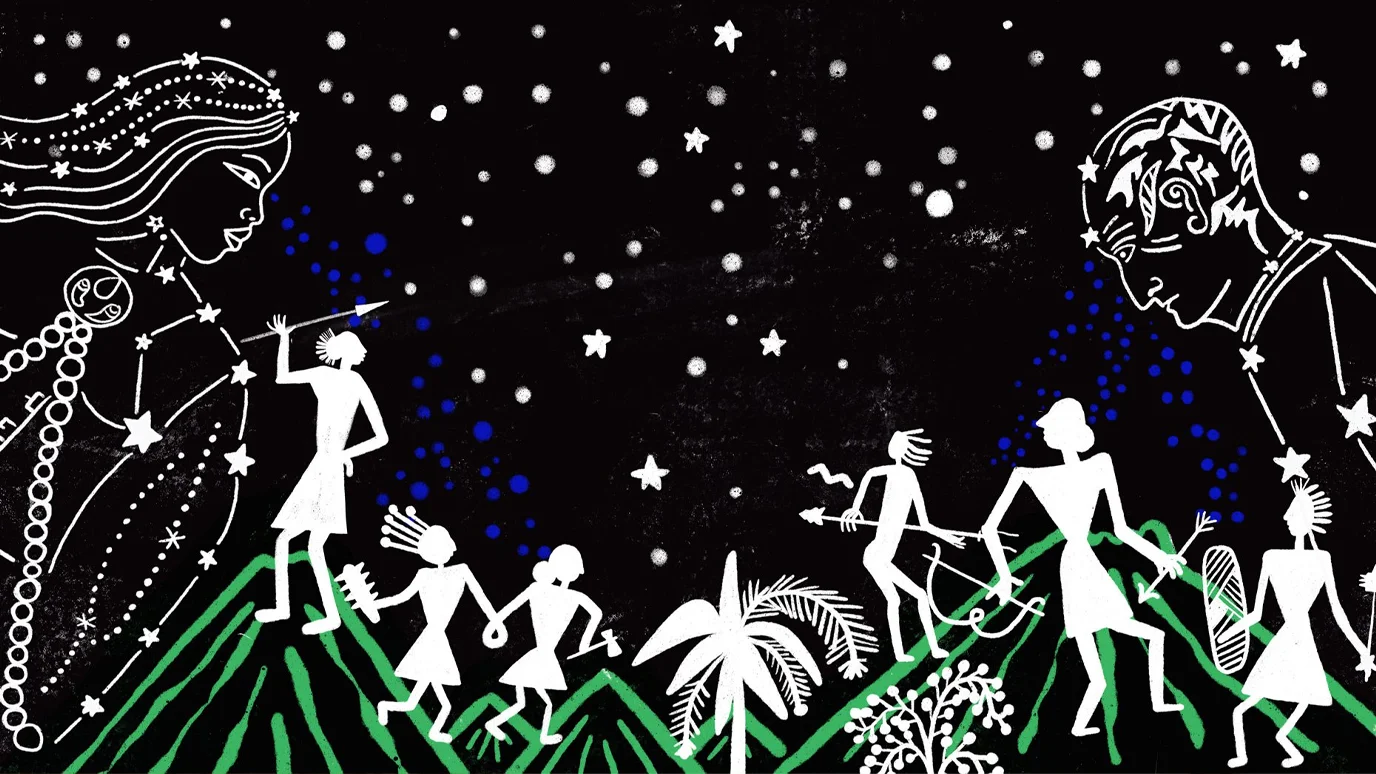
What was your experience like creating the illustrations and animation for Doctor Who?
This project marked the first time animation was used on Doctor Who. It was a groundbreaking moment for the series, and being part of that was thrilling. I collaborated closely with director Emma Sullivan to ensure the visuals supported her vision for the story, whilst helping to create a look that was meant to evoke ancient cave art and mythologies.

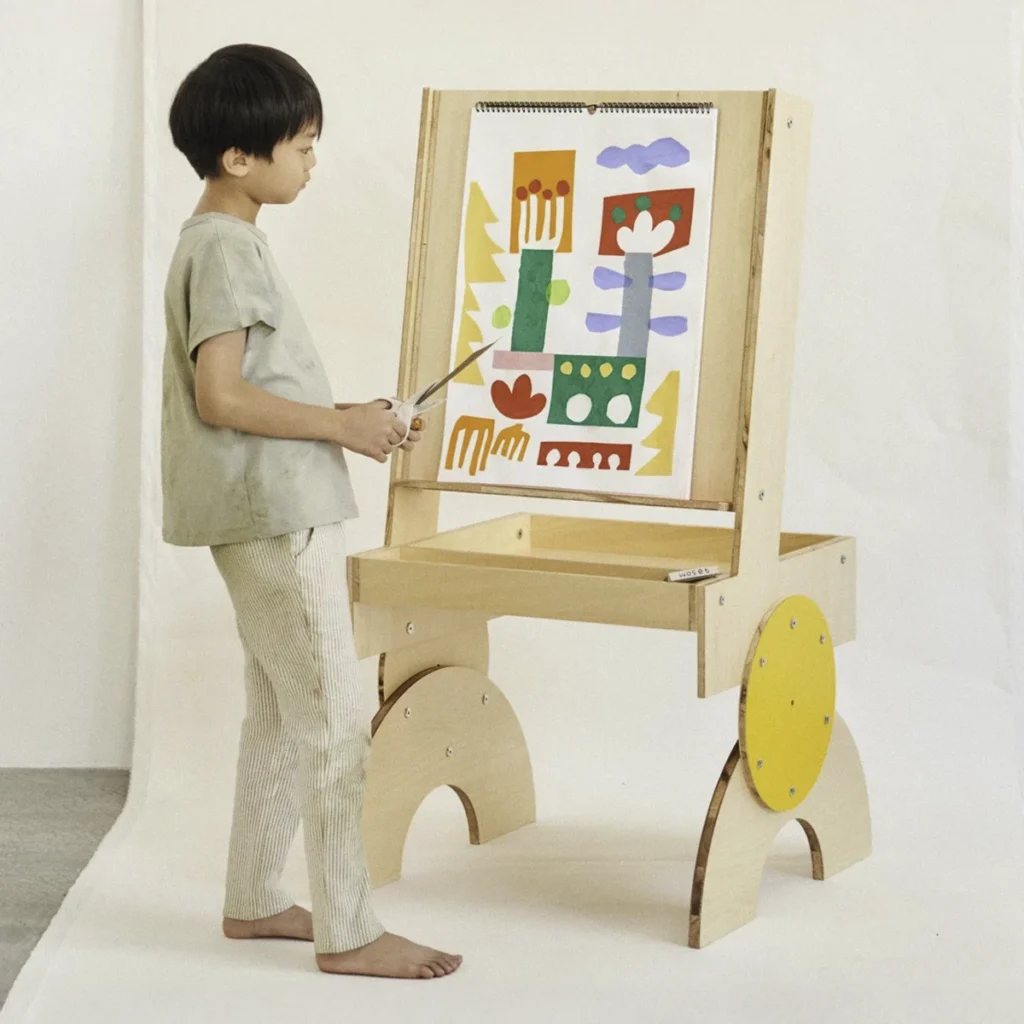
Much of your work is centred around children’s books and products. Was that always the plan, or did your career naturally evolve in that direction?
No, it was never part of my plan. It all unfolded quite organically. The editor at Laurence King approached me to develop an idea for an interactive fashion book aimed at young readers. Though I had no experience in book creation, I found the process very enjoyable. As they were non-fiction books there were clear objectives. Give the child space to draw, room to think, dream and create. It was their book as much as it was mine.

Image: India, Incredible India Book, illustrated by Nina Chakrabarti. Photo Copyright Creative Parent.
Why do you think your style works so well for children’s products?
I don’t create illustrations specifically for children, but I aim to infuse all my work with joy, positivity, and a sense of humour. I strive to make my books feel hopeful, encouraging the child reading them to feel like they’re part of something bigger.
Do you think creativity is something we’re born with, or something that needs to be nurtured? How can parents help their kids explore their artistic side?
I think creativity is a mix of both—it’s something we’re all born with, but it really comes alive when it’s nurtured. We all have that spark inside us, but it’s the experiences, exploration, and support that help it grow into something unique.
For parents looking to help their kids tap into their artistic side, the key is creating an environment where they feel free to experiment, fail, and try again. Let them get messy with materials, explore different art forms, and see where their imagination takes them. No pressure for “perfection” — just opportunities to discover and create. Share experiences, whether it’s visiting art galleries or doodling together at home. Celebrate the process over the end result. The goal is to keep that spark alive and remind them that creativity isn’t about rules, it’s about freedom and fun.

